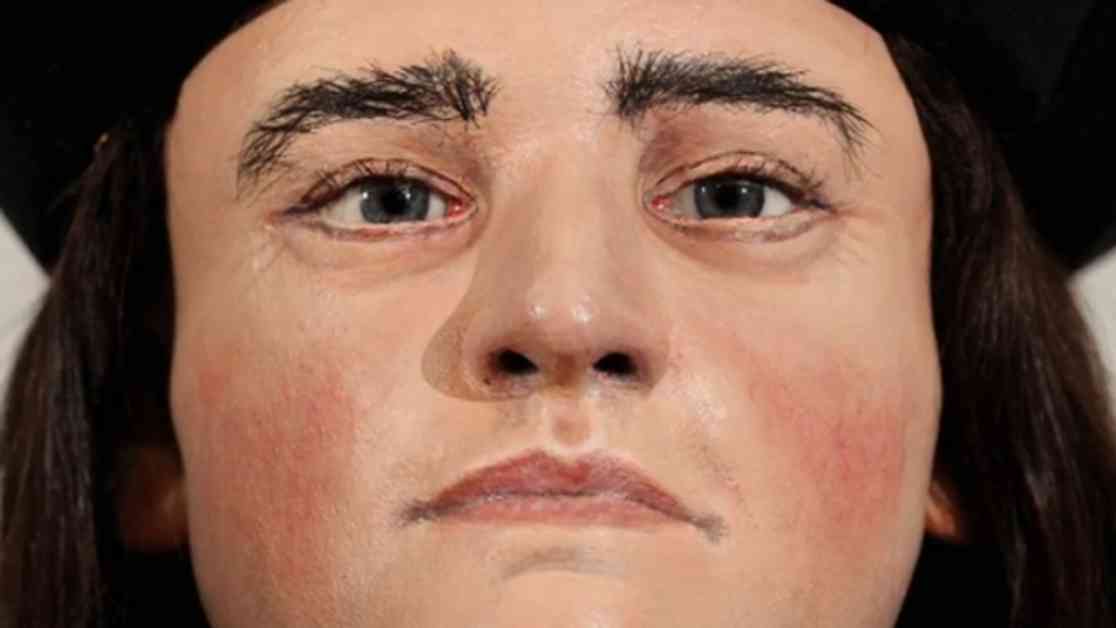State-of-the-art technology has been used to create a voice for King Richard III – giving him a Yorkshire accent. A digital avatar of the medieval king’s head went on display in front of excited history fans at York Theatre Royal.
Richard III was king of England from 1483 until his death at the Battle of Bosworth in 1485, at the age of 32. His remains were found in a car park in Leicester in 2012 by historian Philippa Langley. Speaking about the recreation, she said: “We’ve got leading experts in their fields who have been working on this for 10 years and so everything has been meticulously researched, meticulously evidenced, so you are seeing the most accurate portrayal of Richard III”.
A team based at Face Lab at Liverpool John Moores University created the avatar based on the reconstruction of Richard III’s head with the help of a craniofacial expert. Experts from various fields helped put the pieces of the puzzle together, including speech and language therapy, dentistry, forensic psychology, and archaeology.
His voice has been created by Professor David Crystal, a leading linguist in 15th-century pronunciation. He admitted that it’s impossible to know exactly how he spoke, but this is as close as they will get. The king was born in Northampton but spent a lot of his life in Yorkshire. His parents were also from the north of England.
Vocal coach Yvonne Morley-Chisholm spent a decade researching how the monarch would have sounded. She worked with the actor Thomas Dennis, who was chosen as his body and face were such a good physical match. Speaking to Sky News, she said people will be shocked at how different he sounded compared with traditional portrayals of the king on stage and screen. The coach and actor also examined the king’s letters and diary so that “as you pronounced a word that’s how you would write it”.
The voice shows the change in pronunciation over the centuries – from regional variations to the Queen’s English. History fans at the unveiling were delighted with the accent, with one telling Sky News: “Northerners are known to be happy, positive, all those lovely qualities.” Born in Northampton but a northerner through and through, technology has brought the king’s speech back to life.
In addition to the fascinating recreation of King Richard III’s voice, the use of cutting-edge technology in historical research opens up new possibilities for understanding the past. By combining expertise from various disciplines, researchers were able to provide a more nuanced and accurate portrayal of the medieval king. This interdisciplinary approach highlights the importance of collaboration in creating a comprehensive picture of historical figures and events.
Furthermore, the effort to recreate King Richard III’s voice sheds light on the evolution of language and accents over time. The comparison between the Yorkshire accent attributed to King Richard III and modern English accents underscores how language has changed throughout history. This exploration not only deepens our understanding of linguistic evolution but also offers insights into cultural shifts and regional identities over the centuries.
Overall, the recreation of King Richard III’s voice serves as a testament to the power of technology and collaboration in historical research. By bringing the past to life in new and innovative ways, researchers can engage audiences and offer fresh perspectives on well-known historical figures. The combination of scientific expertise and creative interpretation opens doors to a richer understanding of history and its impact on contemporary society.










